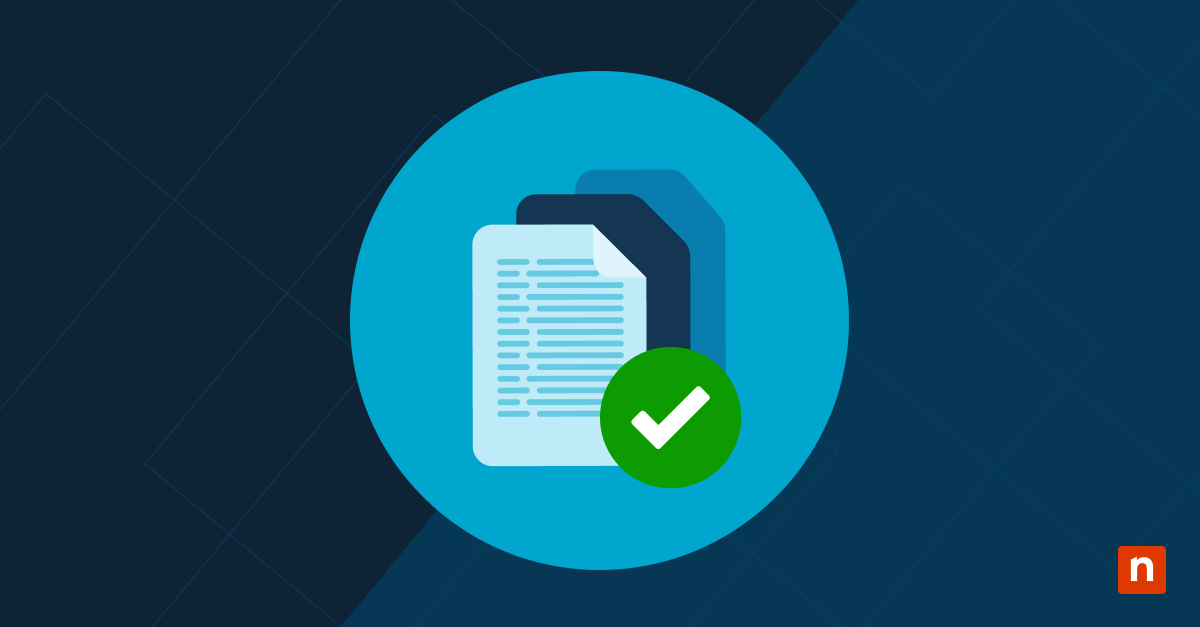Key Points
- DRAM (Dynamic RAM) stores data using capacitor-based cells that require constant refreshing. It is slower but denser and more cost-effective, ideal for main system memory.
- SRAM (Static RAM) uses flip-flop circuits that retain data without refresh cycles, delivering faster access speeds at a higher cost and lower density. It is commonly used for CPU caches.
- DRAM offers higher capacity and lower cost per bit, while SRAM delivers ultra-low latency and immediate data availability.
- Most systems use both DRAM and SRAM together—DRAM for general memory needs, and SRAM for high-speed, low-latency access in processors.
- Choosing between the two depends on your performance requirements, budget, and application.
RAM comes in multiple types and speeds. Today, DRAM and SRAM are known as reliable data storage components for many IT environments. While both DRAM vs SRAM emerged back in the 1960s, they developed along different technological paths to address varying performance needs.
What is RAM?
Random Access Memory (RAM) is a type of computer memory that a device uses to store temporary data. Unlike long-term storage, such as SSDs or hard drives, RAM is volatile and loses its stored data when power is interrupted. There are different types of RAM, but DRAM and SRAM are the most well-known.
What is DRAM?
Dynamic Random-Access Memory (DRAM) serves as the primary working memory in most computing devices today. Each bit of data is stored in a separate capacitor within the chip, and because these capacitors gradually lose their charge, DRAM needs regular refresh cycles to keep data intact.
Minimize vulnerabilities with full visibility and control over your distributed endpoints.
Key specifications
DRAM specifications vary across different implementations, but several fundamental characteristics remain consistent. Looking at typical performance metrics helps you evaluate DRAM for your specific applications:
- Access Time: Typically 10–70 nanoseconds, depending on architecture. It is slower than some memory types due to capacitor-based storage and refresh cycles.
- Refresh Rate: 32–64 milliseconds. Each refresh cycle consumes power and halts access to the affected cells.
- Density: Up to 32GbitGbit per chip in current-generation modules; higher capacities are under development.
- Power Consumption: Roughly 1–3W per GB when active. Drops significantly during idle.
- Voltage: 1.2V for DDR4, 1.1V for DDR5 — a trend toward lower operational voltage with each generation.
- Data Transfer Rate: Ranges from 3200 to 6400 MT/s, depending on the DDR version.
How does DRAM work?
The term “dynamic” refers to how data is stored—each memory cell consists of a transistor and a capacitor pair. The capacitor holds the bit of information as an electrical charge that gradually leaks over time. Your system must refresh these charges every few milliseconds to prevent data loss, typically through dedicated refresh circuits that operate automatically.
The single-transistor design enables extremely high density, making DRAM an ideal choice for applications that require large memory capacities. Modern DRAM modules typically offer capacities ranging from gigabytes to terabytes, depending on the implementation.
What is SRAM?
Static Random-Access Memory (SRAM) functions as a high-speed memory technology that stores each bit using a bistable flip-flop circuit typically composed of six transistors. The term “static” indicates that data remains intact without the need for periodic refreshing, unlike DRAM, which uses capacitor-based storage. This fundamental architectural difference creates distinct performance characteristics and application scenarios. SRAM maintains data without refresh cycles as long as power remains applied to the circuit.
The flip-flop design maintains two stable states, corresponding to binary values 1 and 0, and retains data as long as power is applied to the circuit. Your system can access SRAM cells directly without waiting for capacitor discharge measurements or refresh operations, resulting in significantly faster access times. However, the complex cell structure makes SRAM considerably less dense and more expensive per bit than DRAM alternatives.
Key specifications
SRAM offers high-speed performance ideal for cache memory and other latency-sensitive applications, despite its higher cost and lower density. When evaluating memory options for high-performance systems, consider these distinctive SRAM characteristics:
- Access Time: 0.5–2.5 nanoseconds — significantly faster than DRAM due to a static storage design that eliminates refresh cycles.
- Refresh: None required, reducing complexity and latency.
- Density: Typically 1–4Gbit per chip, limited by the six-transistor cell structure.
- Power Consumption: 3–5W per GB when active; static power draw remains low.
- Voltage: Operates at around 1.8V, higher than DDR4/DDR5 DRAM.
- Latency: Near-zero wait states; data is immediately available upon request.
DRAM vs. SRAM: Which is better for you?
Choosing between DRAM vs SRAM depends on the specific needs of your system and the type of workload you expect. Each memory type has distinct advantages in various scenarios, so it’s essential to select the technology that best suits your application.
This table shows a quick comparison of the differences between DRAM and SRAM:
| DRAM | SRAM | |
| Storage type | Transistor-capacitator (pair) | Bistable flip-flop circuit (usually six transistors) |
| Refresh needed | Yes | No |
| Access time | 10-70 ns | 0.5–2.5 ns |
| Refresh rate | 32-64 ms | Not required |
| Density | Up to 16 GbitGb per chip | 1–4GbitGb per chip |
| Power consumption* | ~1–3W per GB when active; lower when idle | 3–5W per GB when active; lower when idle |
| Voltage | 1.2V for DDR4, 1.1V for DDR5 | ~1.8V |
| Data transfer rate | 3200 – 6400 MT/s, | Near-zero wait states |
| Cost per bit | Low | High |
*NOTE: Power consumption varies by implementation. Due to its six-transistor design, SRAM consumes more power per bit during active use but draws almost no standby power. DRAM consumes less active power per bit but requires regular refreshes, which contribute to higher standby energy use.
Ultimately, DRAM is usually the right choice when you need more memory for less money, while SRAM is better for situations where speed and low latency are more important than capacity. Matching the memory type to your specific requirements will help you get the best performance and value.
When to use DRAM vs SRAM?
The right choice between DRAM and SRAM varies depending on your organization’s needs. However, there are some cases when using one over the other is more beneficial.
When should you use DRAM?
DRAM is excellent for IT environments that require large memory capacity, cost-efficiency, and moderate access speeds. Typical usage for DRAM includes:
- Main system memory in desktops and laptops
- Graphics memory (GDDR) in GPUs
- Virtual machines and cloud computing
When should you use SRAM?
SRAM is ideal for low-latency, high-frequency tasks. Some usage examples include:
- High-speed memory caches
- Processor registers
- Specialized applications such as packet buffering in routers and switches for ultra-low latency
Direct comparison factors for implementation
When implementing memory subsystems, directly comparing DRAM vs SRAM performance characteristics helps you determine the optimal technology for specific workloads. Both memory types offer distinct advantages that make them suitable for different positions within your system architecture.
Speed and access time differences
Access time represents one of the most significant differentiators when comparing DRAM vs SRAM technologies. Applications with strict latency requirements benefit substantially from SRAM’s superior access characteristics. SRAM delivers consistent access times regardless of previous operations, while DRAM access patterns can experience variability based on row buffer hits or misses.
Random access patterns exhibit the most dramatic performance difference, with SRAM maintaining consistently sub-nanosecond response times regardless of access patterns. DRAM performance varies significantly based on whether accesses hit the same row (25-30 ns) or require opening a new row (50-70 ns). Sequential access patterns narrow this gap somewhat, as DRAM can leverage open row buffers for improved performance.
Power efficiency considerations
Power consumption profiles differ dramatically between these memory technologies, influencing their suitability for various applications. DRAM requires continuous refresh operations that consume power even when not actively accessed, making standby power a significant consideration. The refresh power increases proportionally with capacity, creating scaling challenges for large memory arrays.
Due to its complex cell structure, SRAM consumes more power during active operations but requires virtually no standby power beyond leakage current. Mobile and battery-powered applications must carefully balance these characteristics against performance requirements. For systems with intermittent access patterns, SRAM often provides better overall efficiency despite higher active power.
Protect your IT network at scale with a unified backup and recovery solution.
Device component management approaches
Modern computing systems rely on both SRAM and DRAM, each optimized for different roles within the memory architecture. SRAM is used where ultra-low latency is critical—such as processor caches—due to its fast access times and zero refresh requirements. DRAM, on the other hand, provides the higher density needed for main memory, supporting larger datasets and multitasking environments at a lower cost per bit.
Together, these technologies form a layered memory system that aligns with the speed and capacity demands of different computing tasks. Effective integration of both allows designers to maximize performance without over-provisioning or increasing system complexity.
Memory hierarchy positioning
SRAM is placed at the top of the memory hierarchy, embedded directly into the processor as L1, L2, and sometimes L3 cache. Its fast access times—typically under a nanosecond—support rapid execution of instructions and minimize latency.
DRAM sits lower in the hierarchy as main system memory. It delivers much higher capacity at a lower cost per bit, making it suitable for storing operating system data, application code, and active datasets. This layered approach aligns with common access patterns, ensuring high-speed access to frequently used data while maintaining sufficient capacity for large workloads.
System architecture integration
Incorporating SRAM and DRAM into a system requires tailored integration strategies. SRAM, being on-die, bypasses the need for external interfaces, reducing latency and avoiding signal integrity issues. DRAM, however, connects via standardized interfaces such as DDR4 or DDR5, which require precise signal routing, impedance control, and timing calibration to ensure reliable operation at high transfer speeds.
Know What’s Inside Every Device—Instantly
Monitor RAM types, usage trends, and hardware specs in real time with NinjaOne’s all-in-one IT Asset Management. Get full visibility across your network and spot performance issues before they escalate.
Start your free trial and see what your infrastructure is really made of.








